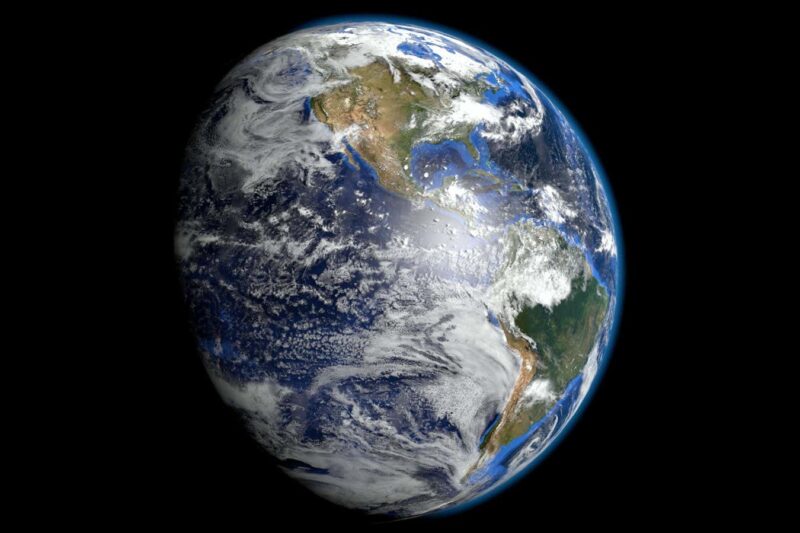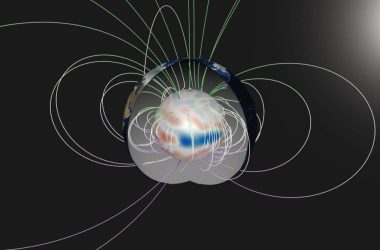Earth’s axis has shifted due to human activity
Shutterstock / Fisherss
Humans have pumped enough water out of the ground over the past two decades to shift Earth’s poles by almost a meter. This is equivalent to the polar drift caused by melting Greenland ice over the same period.
Clark Wilson at the University of Texas at Austin explains that most people would not be aware of the shifts or drifts in Earth’s axis. Wilson and his colleagues used models to determine how changes in the distribution of water on the planet have affected the polar drift.
Some of the polar drift is due to natural causes, such as the wobbling of Earth and changes in mass distribution caused by the movement of water. Wilson states that various factors contribute to polar drift, including reservoir filling, groundwater pumping, climate change-induced glacier melting, and subsequent sea-level rise.
Wilson and his colleagues estimated the amount of groundwater pumped between 1993 and 2010 to be around 2100 gigatonnes. They also estimated the associated rise in sea level at 0.3 millimeters per year. The changes caused by groundwater pumping resulted in a polar drift of approximately 80 centimeters. The largest impact on polar drift comes from large aquifers located at mid-latitudes. The only factor that affects the drift even more than changes in groundwater is the rebound of landmasses after the weight of melted glaciers is lost.
While this does not directly impact the length of the day or the seasons, knowing the precise location of the axis is crucial for GPS technology to function properly. Although the exact number is not significant, the finding emphasizes the vast amount of water that humans have pumped out of the ground and its potential to affect Earth’s polar drift, according to Manoochehr Shirzaei at Virginia Tech. He also notes that groundwater pumping has increased in the 21st century due to climate change-driven drought conditions and the cultivation of crops in arid regions.








